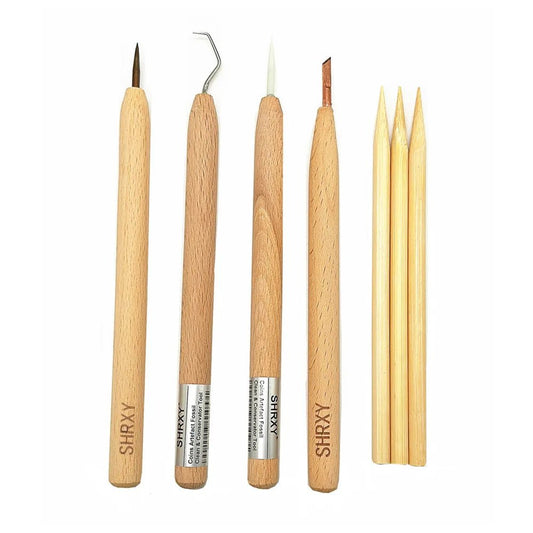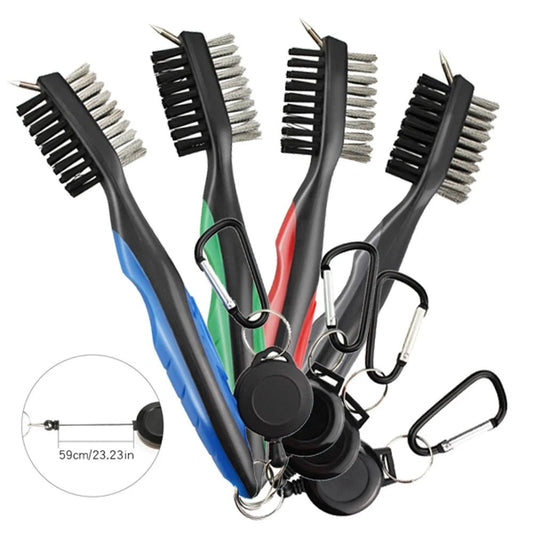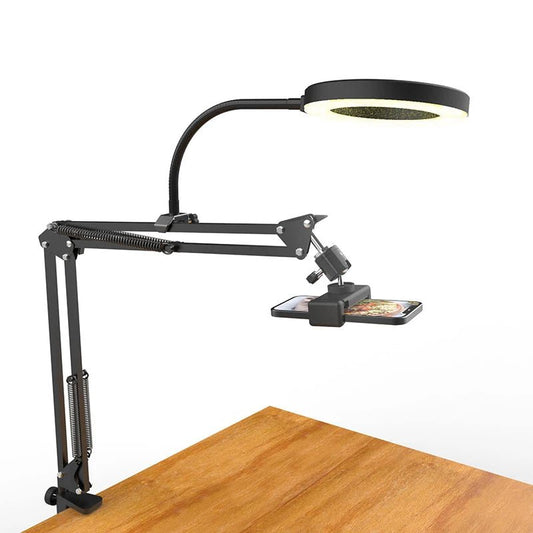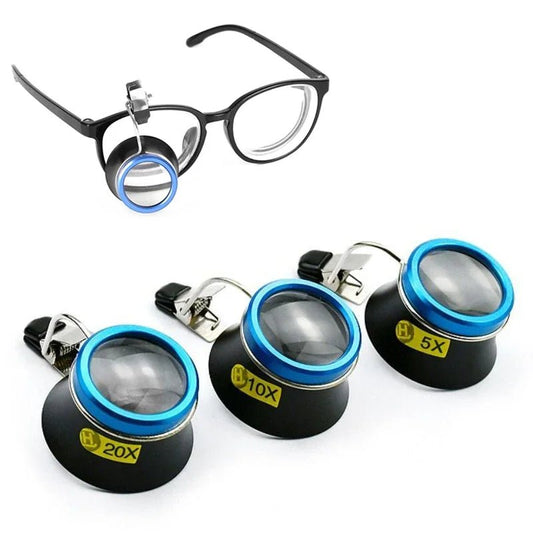Did You Know? Medieval Counterfeit Coins: The Tricks of Counterfeiters in the Middle Ages
Share
The Middle Ages, a time of flourishing trade, was also marked by an economic scourge: counterfeiting. In a society where metal coins were the main means of exchange, counterfeiters used ingenious techniques to deceive merchants and customers. These practices, severely repressed, reveal an intriguing facet of the medieval economy. Let's dive into the fascinating history of counterfeit coins in the Middle Ages.
Why counterfeit currencies?
In the Middle Ages, coins were more than just a means of exchange. They were a symbol of royal or seigneurial authority and guaranteed economic stability. However, their production relied on precious metals such as gold and silver, making them ideal targets for counterfeiters.
Fluctuating metal prices and disparities in coin quality between different kingdoms provided an opportunity for counterfeiters. At a time when there was no international standardization, a poorly struck or slightly defaced coin could easily be accepted as authentic.
Counterfeiters' techniques
Counterfeiters in the Middle Ages developed ingenious methods to imitate official coins while minimizing their costs. Among the most used techniques, we find:
-
Surfacing of common metals:
Counterfeiters covered coins made of lead, copper or tin with a thin layer of gold or silver. These coins appeared authentic at first glance but quickly lost their appearance if worn. -
Trimming of authentic coins:
A common practice was to trim the edges of circulating coins to recover precious metal. The collected pieces were melted down and reused to make new counterfeit coins. -
Counterfeit dies:
Counterfeiters made their own dies to strike coins that looked like official currencies. The engravings were often crude, but in a context of low literacy, they went unnoticed. -
Voluntary devaluation:
In some cases, the lords themselves engaged in practices close to counterfeiting by striking coins with a lower precious metal content than that announced. These weakened coins circulated widely, adding to the economic confusion.

A crime severely punished
Counterfeiting money was considered a major crime, tantamount to treason against the king or local lord. The penalties were exemplary and often brutal. Counterfeiters risked:
- Hanging: A common punishment for serious crimes.
- Scalding: In some cases, counterfeiters were executed by being plunged into a pot of boiling water or oil.
- Amputation: To deter repeat offences, the hands of forgers were sometimes cut off.
These spectacular punishments were intended to discourage the population from engaging in such practices.

Fascinating discoveries
Archaeologists regularly discover suspicious coins during medieval excavations. These discoveries reveal the extent of counterfeiting at that time.
For example, hoards containing silver-plated lead or copper coins have been found in trading sites and strongholds. These coins, although counterfeit, provide valuable evidence of the economic issues and challenges faced by monetary authorities in the Middle Ages.
A Timeless Lesson
The practices of medieval counterfeiters are reminiscent of modern challenges, such as banknote counterfeiting or cryptocurrency scams. Throughout the centuries, the search for quick profits and imperfect economic systems have always offered opportunities to creative but dishonest minds.
Today, these counterfeit coins are sought after by collectors and studied by historians to better understand the intricacies of the medieval economy.
💬 And you, have you ever observed suspicious medieval coins? What are your most intriguing stories?
👉 Discover more captivating historical anecdotes on our blog!

Illustrations :
- A scalded counterfeiter, Ink and paint on parchment - Customs of Toulouse - https://gallica.bnf.fr/ark:/12148/btv1b105090434/f74.item
- Different types of counterfeit money, https://books.openedition.org/psorbonne/28590?lang=fr











